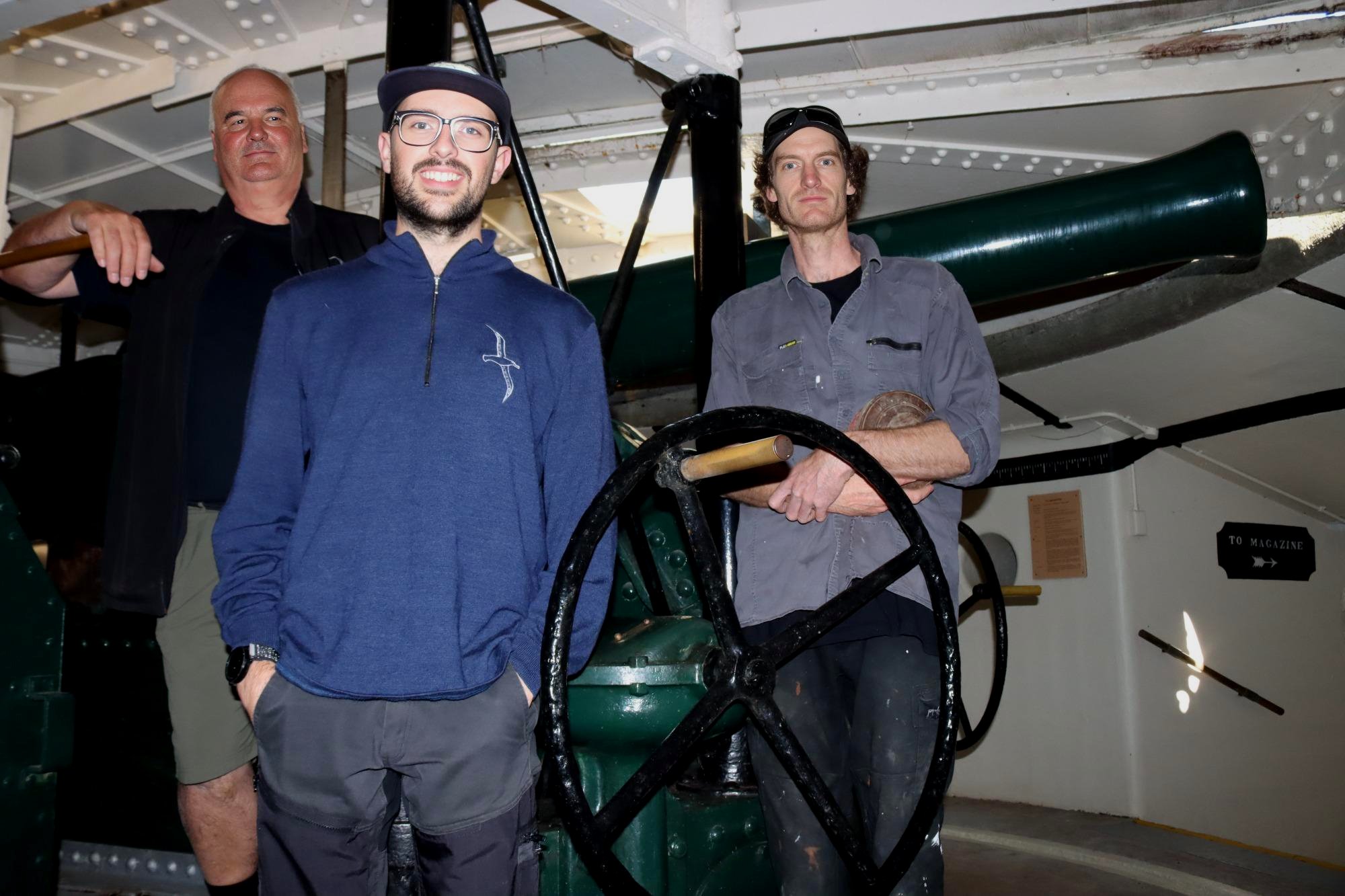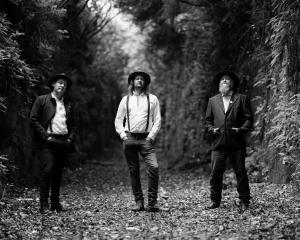
The Star reporter Sam Henderson heads underground to discover the secret defences that kept the colony safe.
With commanding views out to the ocean, Fort Taiaroa was the first line of defence for seaborne threats to the European settlement of Dunedin.
Situated above the Royal Albatross Centre, the historic site is now managed by the Otago Peninsula Trust.
Eco-tourism manager Hoani Langsbury said it was the most significant pā site in Ngāi Tahu before European settlement.
Māori long regarded the hilltop at the tip of the Otago Peninsula as a key defensive position.
About 56km away on the horizon lay the pā site at Kātiki Point on the Moeraki Peninsula.
The site also looks directly across to the pā at Huriawa Peninsula.
"Which is Kati Huirapa ki Puketeraki."
Over the centuries many tried to take the position, yet the only route was a fight up from Pilot’s Beach because cliffs guarded the other three sides.
Strategically, the headland remained occupied until about 1840, when Māori shifted to the site where Ōtakou Marae now is.
"They moved there in 1857 and then after that it was taken by the military in the 1880s for strategic and military purposes."
During the 1870s and 1880s British and Russian tensions soared and a series of Russian scares gripped the country.
The government ordered heavy artillery and ammunition from Britain and built a network of coastal defences.
Fort Taiaroa ordered an Armstrong Disappearing Gun about 1885.
WG Armstrong & Co manufactured the gun in 1886 at Elswick, United Kingdom.
The gun, comprised of more than 13 tonnes of steel, was barged into Pilot’s Beach then hauled up the hill on a temporary tramway.
The gun was not ready for action until 1889.
Tour guide and maintenance worker Zach Barford said once installed the entire assembly weighed about 18 tonnes.
The gun employed a hydro-pneumatic system, using water pressurised to 1200 pound-force per square inch (psi) to lift the barrel into firing position.
The barrel sprang up from underground to fire in roughly a second, the recoil immediately recharged the system.
Estimates for the turnaround time was one round a minute.
Mr Langsbury said thinking of golf helped understand why the disappearing gun was developed.
After each shot the gun emitted a smoke plume that revealed its position and invited return fire.
"If they fire and miss, if gun was up here and they hit here, shrapnel would destroy the gun.
"If it is down in its pit, you can only destroy the gun with a hole-in-one."
Thanks to significant restoration work by the Antique Arms Association and Otago Peninsula Trust, the disappearing gun was given the Engineering Heritage Award by the Institution of Mechanical Engineers.
It was only the sixth time it had been given outside the UK.
Despite significant work to install and maintain it, the gun was never used in conflict.
"It was fired by our records 486 times in practice only," Mr Barford said.
"I guess the best summary is it is a precaution for what could be and then basically as a result the best outcome is if you never have to fire it in anger."















